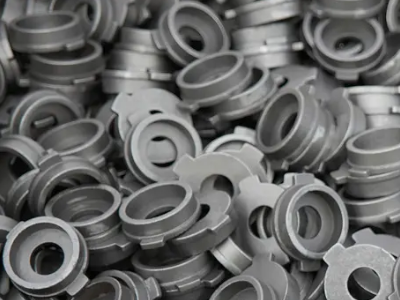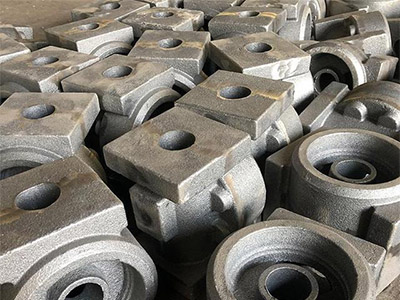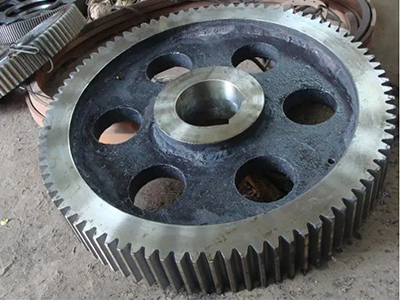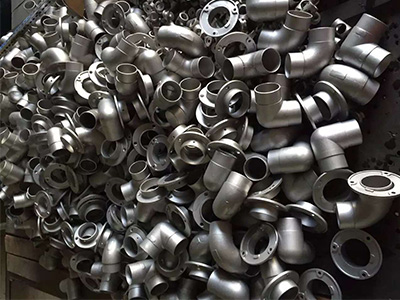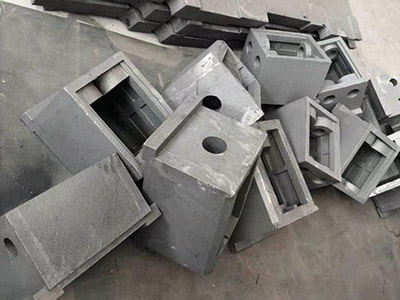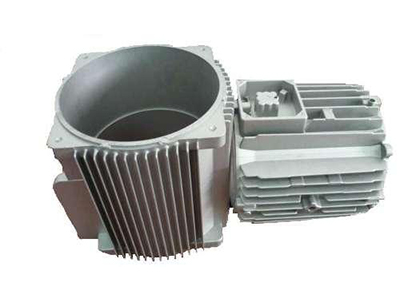- The difference between Ductile Iron Castings and Gray Iron Castings
- Advantages of Wear Resistant Manganese Steel Castings
- How to operate the cooling of stainless Steel Precision Castings
- Testing method of large Steel Castings in quality Inspection
- Learning About a Steel Casting Foundry Where Metals are Cast From
- The processing technology of stainless steel precision casting
- What is the difference between casting and forging
- What is the equipment for the basic process of stainless steel precision casting?
- Manufacture and Application of Aluminum Alloy Die Castings
- Sand casting production of large steel casting attention
- Call : +86 13390692151
- sale@kfqizhongji.com
-
Room 1, No. 21, Chaoying East Road, Zhoushi,
Kunshan City, Jiangsu Province, China
Common casting methods of Aluminum and Aluminum Alloy
There are many production methods of aluminum and aluminum alloy ingots, the main ones are as follows:
1. Block iron mold ingots.
This is a traditional casting method, which is mainly used to produce aluminum ingots and casting alloy ingots for remelting. It can be divided into two ways: mixed furnace (holding furnace) casting and external casting, both of which use continuous casting machine. Because there is no external heat source in the external casting, a certain temperature is required to lift the ladle, generally 690 ~ 740 ℃ in summer and 700 ~ 760 ℃ in winter to ensure a better appearance of aluminum ingots. Mixing furnace casting, first of all through batching, stirring evenly, clarifying and then slag can be cast.
The mold is fixed on the caster and moves with the rotation of the caster. The circular distributor injects liquid aluminum into the mold continuously and uniformly, and the bottom of the mold is immersed in circulating cooling water to cool, solidify and shape the melt. Through the demoulding device, the ingot is demoulded into the cooling conveyor for secondary cooling, and the whole row, stacking and bundling can be completed under the coordinated operation of the casting unit.
2. Vertical semi-continuous casting.
Vertical semi-continuous casting is mainly used in the production of various deformed alloy ingots, such as plate ingots, round ingots, square ingots, hollow ingots and so on. The characteristic of this casting method is that the ingot is pulled out perpendicular to the ground during casting. The liquid aluminum is injected into the mold (mold) along the chute and flow plate, and the melt is in contact with the inner wall of the mold. Due to the indirect cooling of the primary cooling water in the mold cooling water jacket, the liquid aluminum begins to crystallize to form a solid shell. Due to the traction of the base of the casting machine and the gravity action of the ingot itself, the aluminum alloy ingot drops slowly. when it leaves the mold wall, it is strongly cooled by the cooling water below the mold, so that the center of the ingot is crystallized. in order to achieve continuous ingot production.
Vertical semi-continuous casting is divided into pit type and viaduct type, commonly used is pit type, that is, often said shaft or deep shaft. Because the depth of the shaft is limited, the ingot needs to be cut when it reaches the bottom of the well. therefore, the actual process is semi-continuous.
3. Horizontal casting.
Horizontal casting is also called horizontal casting or horizontal casting. It is characterized by the relative movement between the billet and the mold along the horizontal direction, and the liquid aluminum flowing from the furnace enters the mold through the chute and tundish and is pulled out along the horizontal direction, and its cooling mode is the same as that of vertical casting. If equipped with synchronous saw for synchronous sawing, continuous casting can be realized. Horizontal casting is more widely used than vertical casting, which can cast many kinds of ingots, such as belt, wire, bar, round ingot, hollow ingot, plate ingot, square ingot and so on.
4. Continuous casting and rolling.
In fact, the casting part of continuous casting and rolling is also horizontal casting, the billet pulled from the mold is generally trapezoidal, and the trapezoidal billet is rolled through the rolling mill connected to the caster to form a round rod or sheet with a certain diameter. it is often used in the production of electrical round aluminum rods or plates.
5. Other new casting technologies.
The development trend of aluminum and aluminum alloy melting and casting process is to pay attention to energy saving, environmental protection and improving product quality. New casting technologies emerge one after another, such as ordinary hot top casting, same horizontal hot top casting, gas pressurized hot top casting and air sliding hot top casting, electromagnetic casting, high speed roll casting and semi-solid metal casting.
